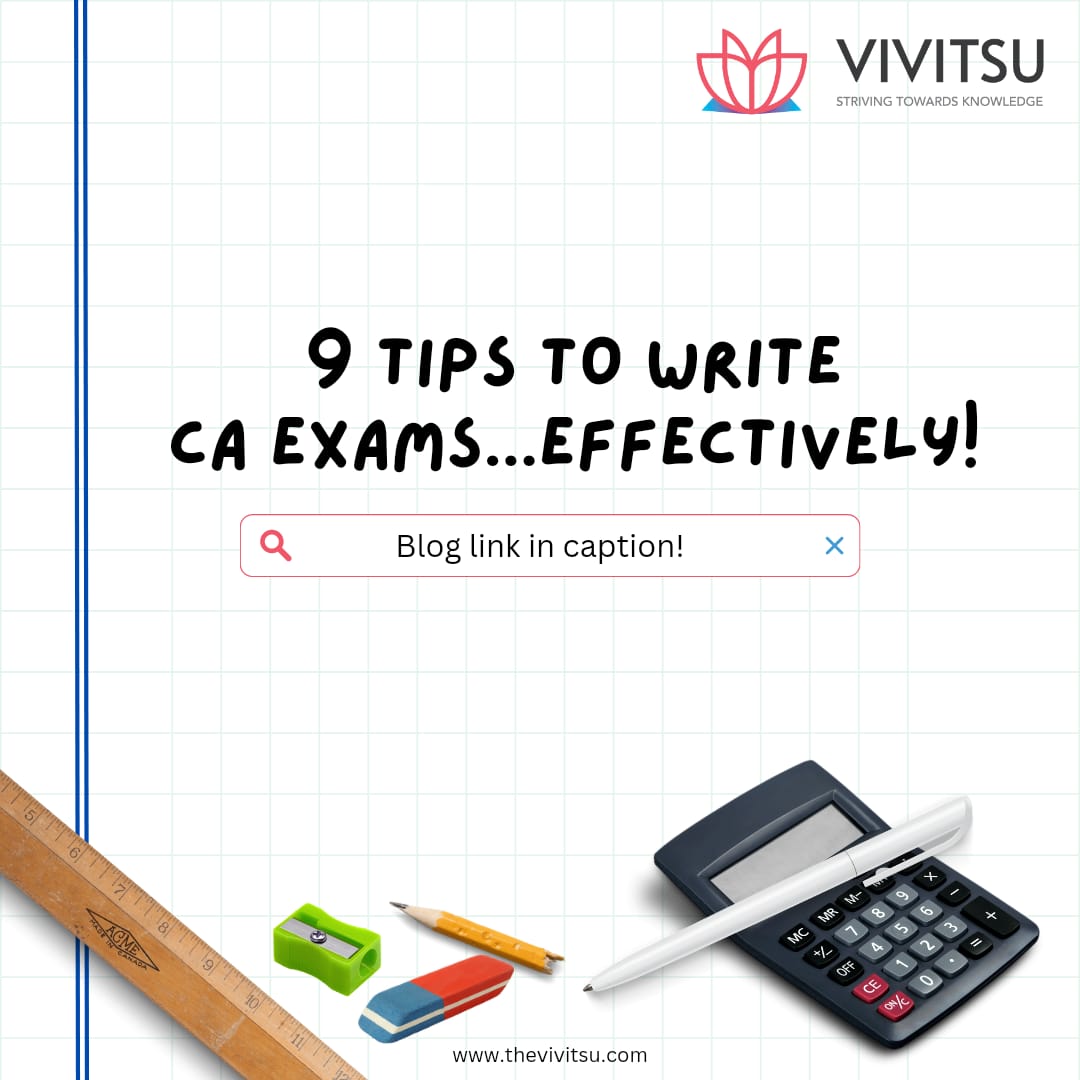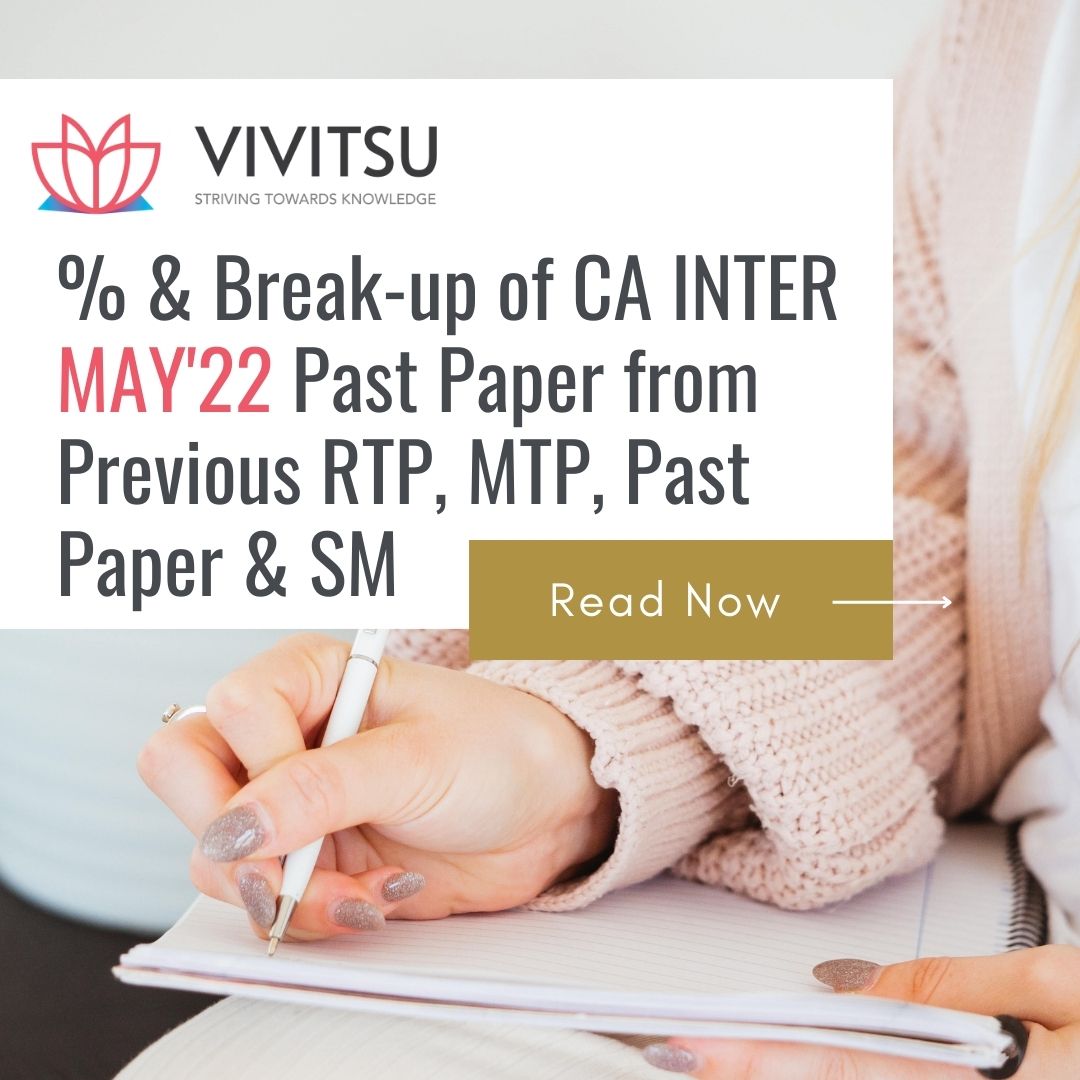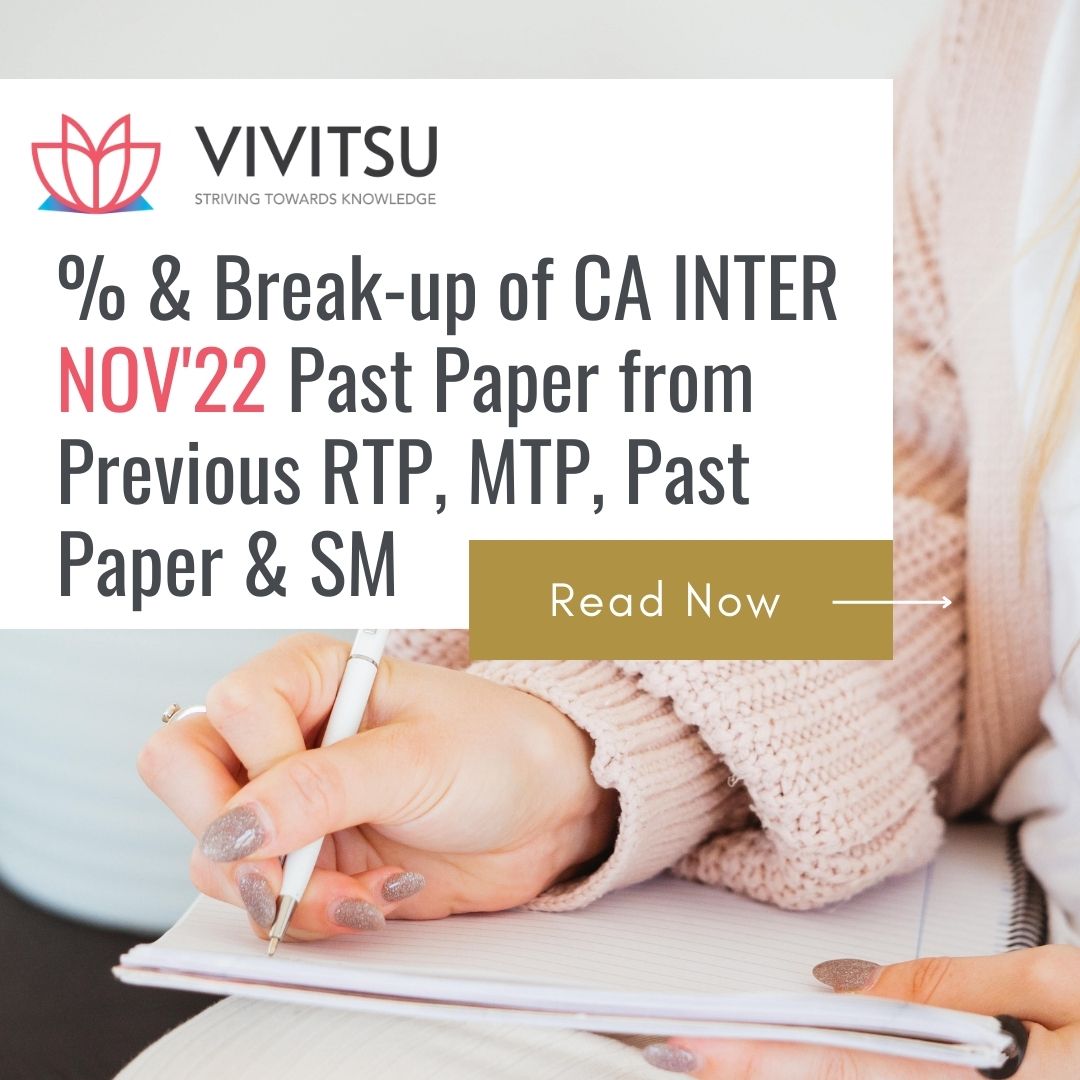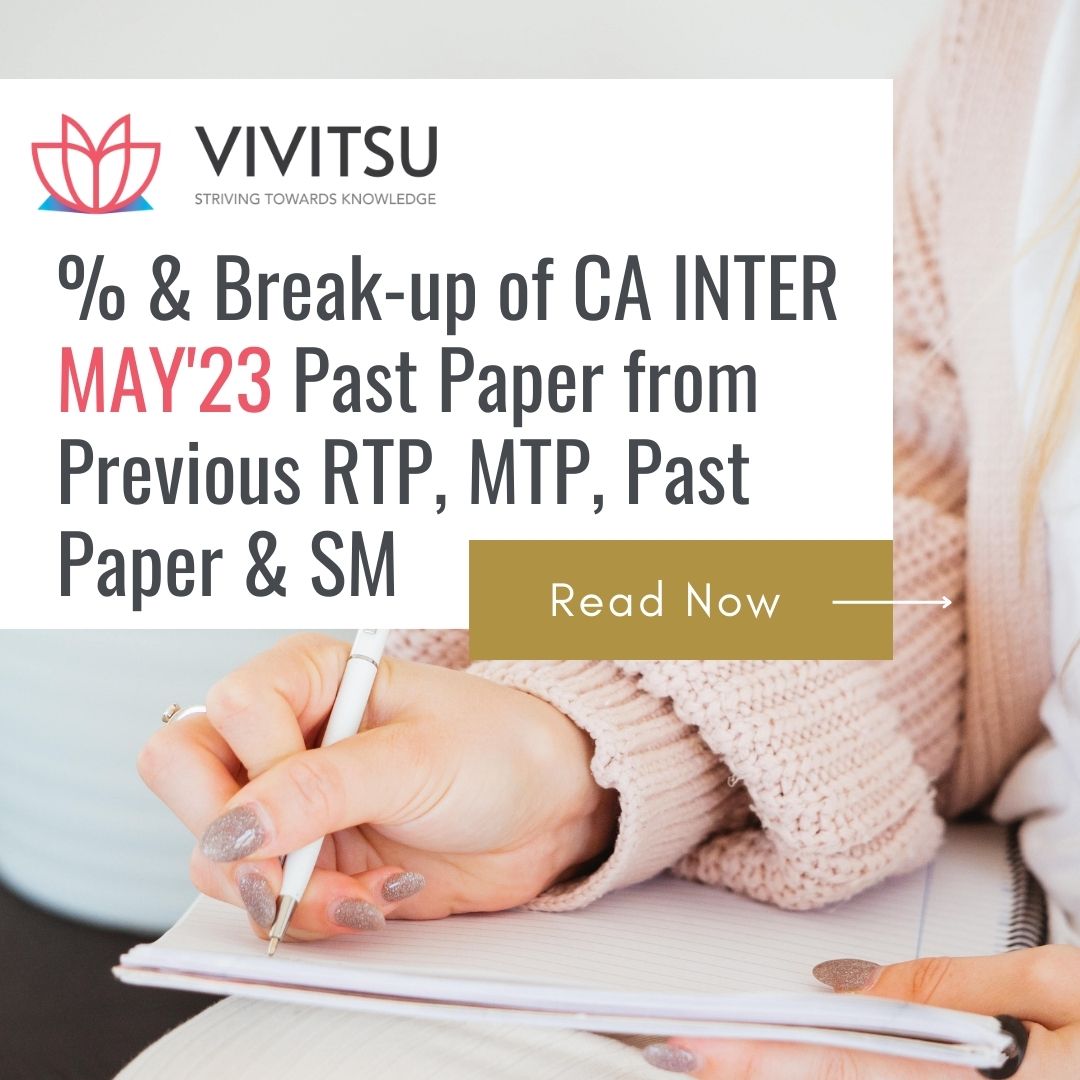Financial Reporting
- CA Khushi Shah . 1691+ Reads
Ind AS 28, 27,109,111, 110- 9.33 marks
- Do not jump to the lengthy questions asked in exams. First solve the basic adjustments and get a grip on them.
- Be Neat while solving consolidation sums. Make tables properly and follow the approach of
- Write all information essential for solving the sum (such as cut off dates, important figures from the questions etc.)
- Classify all items into the pre & post acquisition period
- Make separate workings for Cost of control, Minority Interest, Consolidation of Reserves & Surplus and Elimination of Mutual Owings & Stock Reserves.
- Prepare the consolidated Balancesheet
- Remember that out of the 8-10 adjustments asked not all of them are going to be difficult. Max 2-3 will be tricky. So while solving present your question as discussed above and then solve the easy adjustments. Do not panic if you don’t know an adjustment remember the marks allotted are not only for the Final answer. (This is applicable for Amalgamation too)
- Consolidation being a vast topic divide it into parts.
- chain-holding,
- single subsidiary,
- multiple subsidiary sums
- Triangular holding
- Cross Holding
- Foreign Subsidiary
- Even though it’s a practical topic, going through the theory portion once to refresh the basics is very important when you start revision.
Ind AS 103, 32- 6.33 marks
- Study both Amalgamation & Consolidation once before the exam. Then select one which you are stronger at and perfect all the concepts. Remember Smart practice not ALL practice will get you through.
- While practicing sums follow a set method of solving your questions irrespective of difficulty-
- Identify the nature of Amalgamation- ( Whether amalgamation in nature of merger or amalgamation in nature of purchase)
- Identify Method of Accounting (Pooling of Interest Methd or Purchase Method)
- Calculate the Purchase Consideration-( The purchase consideration may be in lump sum payment, net asset method, Net payment method or intrinsic value method.)
- Discharge of Purchase Consideration (In various forms example by equity shares, pref shares, cash etc.)
- Accounting in the books of transferor company (Selling company)
- Computation of Profit / loss in case of amalgamation for transferee company(Purchasing co)
- Accounting in the books of transferee (purchasing company)- Usually involves making a consolidated Balancesheet
- Remember there are certain adjustments which are asked in almost all questions. (Ex- calculation of PC) which should be mastered this will give you at least a few marks for sure in the examination).
- Steps approach instead of Overall approach to be followed. Do not panic if you don’t know certain adjustments. Start solving step by step. There are always marks separately allotted for each step.
- Last Day Revision for this chapter & consolidation can get tricky. Remember to mark sums with different adjustments. The key is to cover each and every adjustment ONLY once. Have a different color ink pen ready to mark each different kind of adjustment so you can only look through these during revision.
Ind AS 115- 6.5 marks
- Always remember the 5 step model for revenue recognition. Try to understand the broad nature of the question which can lie in one of the 5 steps.
- Ind AS 115 is an important Ind AS which typically has certain typical questions which are asked on a loop. For example:
- Non-cash consideration
- Variable Consideration (Ex-discounts etc.)
- Service Concession Arrangements
- Contract Costs (Contract Acquistion & Contract Fulfillment Costs)
- Repurchase Agreements
- Licenses of Intellectual Property
- Transfer of Control Over a period of time
- Transfer of Control at a point in time
- Mark one question of each type so it covers all concepts. This will make your revision quicker.
Ind AS 102- 5.16 marks
- One question is always asked from this Ind AS yet a lot of students get confused on how to solve these questions.
- This Ind AS includes following types of questions-
- Equity Settled Share based payments
- Cash Settled Share Based Payments
- Share based payment with cash alternative
- Sums on Vesting & Non-vesting conditions
- Equity Settled-Non market conditions
- Modification or Cancellation in Settlement
- Calculation of fair value is very important for every year. Usually silly mistakes are made here.
- Journal Entries are usually asked. Don't forget to practice before the exam.
Financial Instruments- 10 marks
- Confusion regarding which Financial Assets & Liabilities to be considered under amortized cost ,FVTOCI or FVTPL. Study this properly. If you go wrong your entire answer will change.
- Fair Value calculation forms major part of your answer.
- Factoring with Recourse & without Recourse when asked in exam are easy concepts as there can be only one way of solving it. (If question is silent regarding with or without recourse always assume without recourse)
- Different Types of questions asked on-
- Classification of financial assets & liabilities
- Measurement of financial assets & liabilities based on the classification
- Reclassification of Financial Assets/Liabilities
- Measurement of Compound Instruments / Embedded Derivatives
- Hedging Transactions
- Interest Swap & Forward Transactions



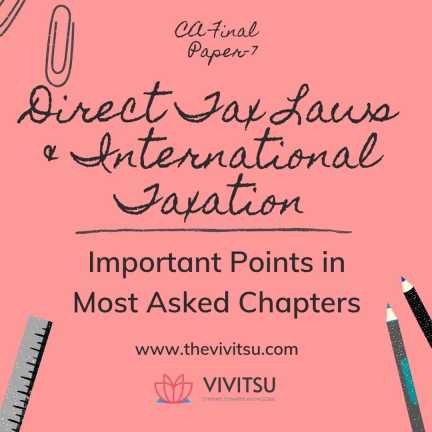
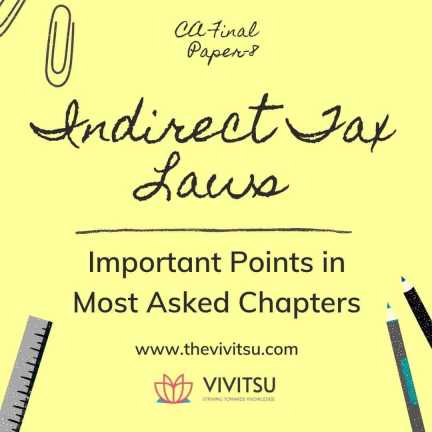
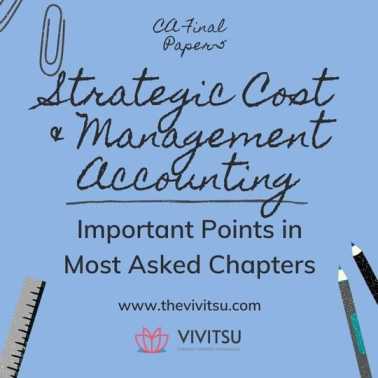
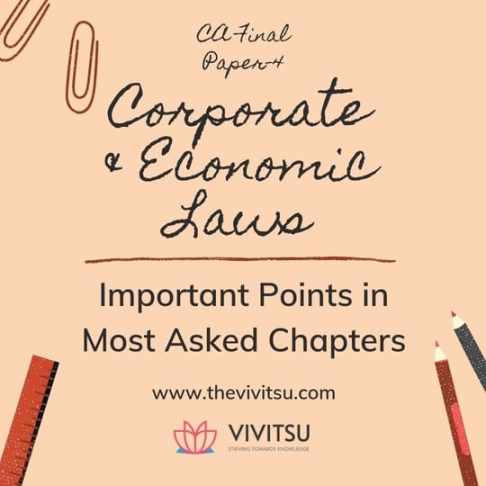
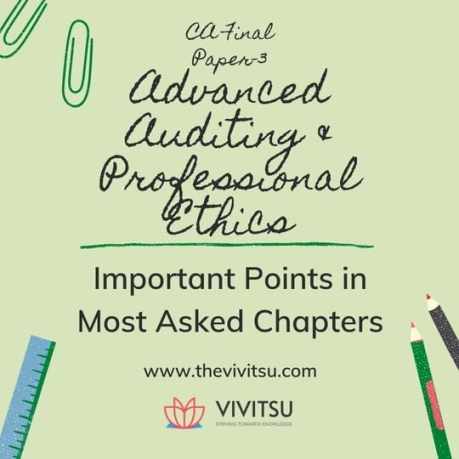
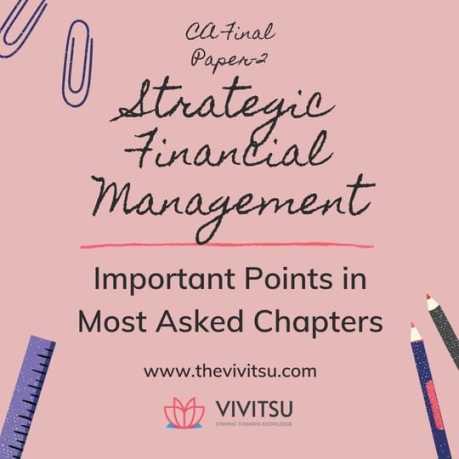
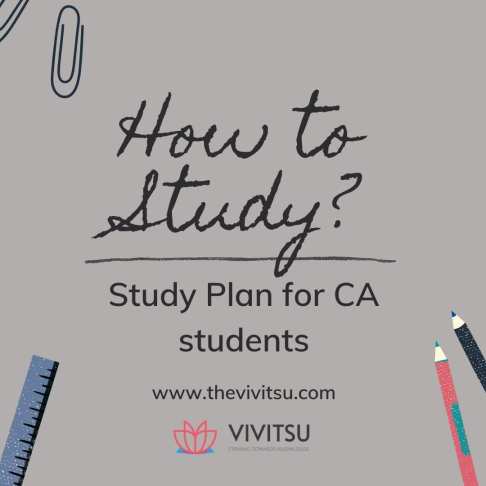
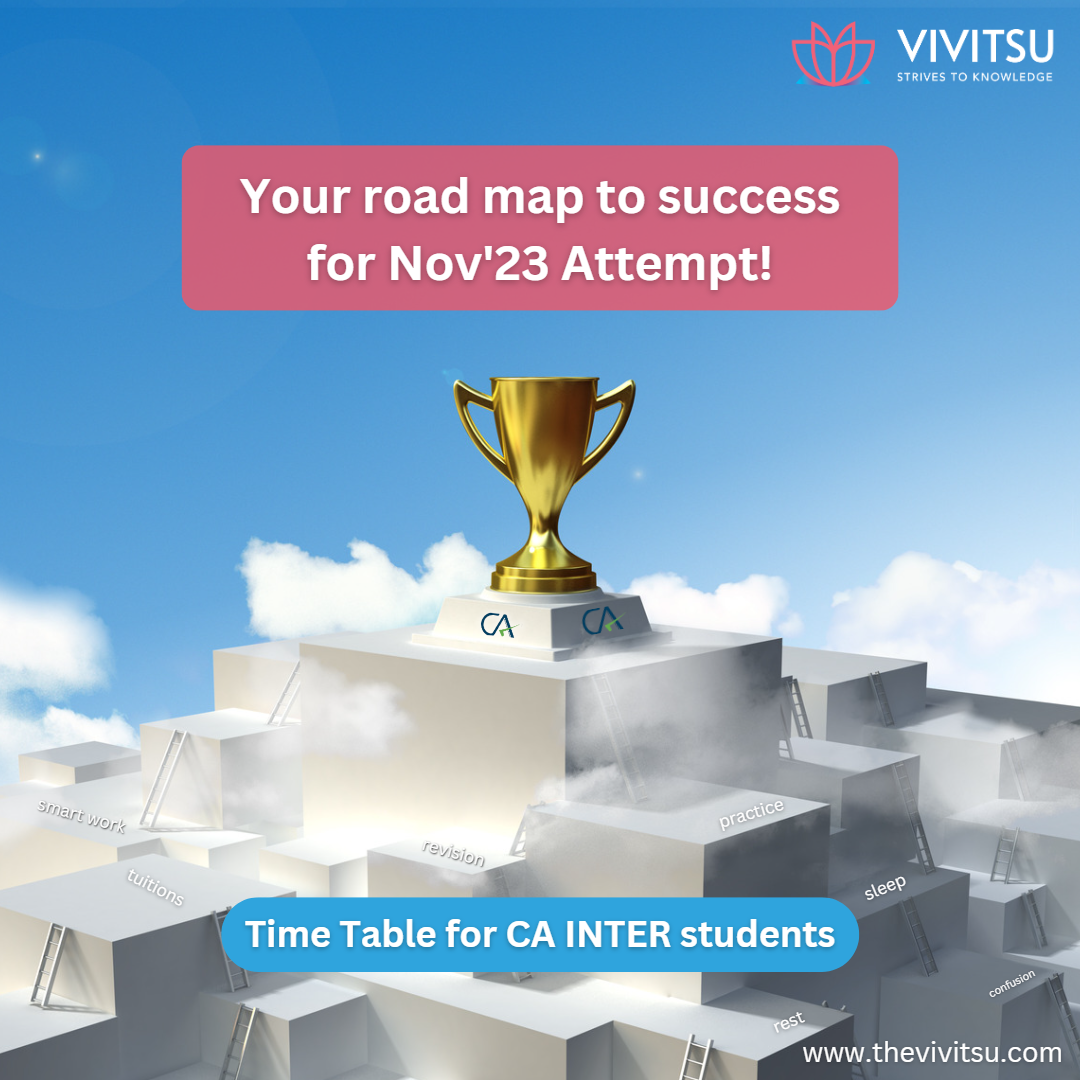


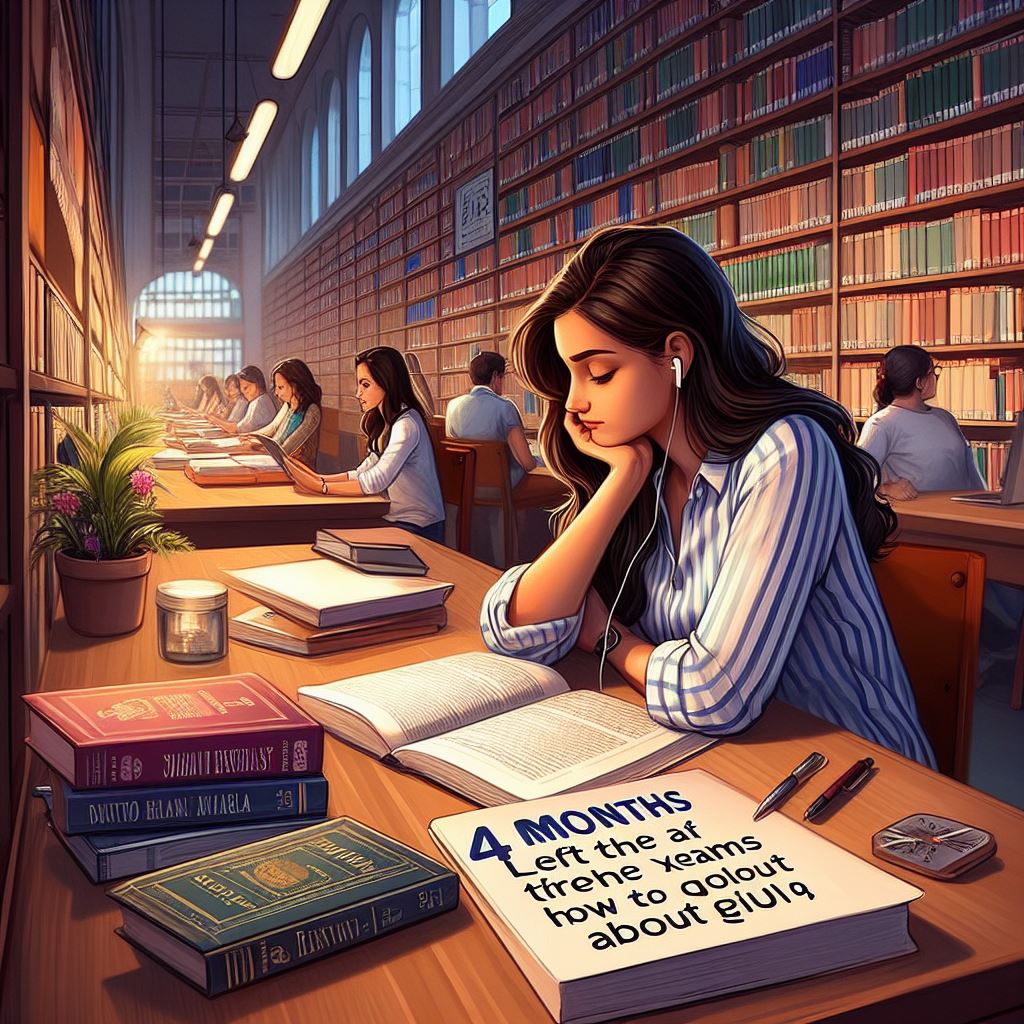
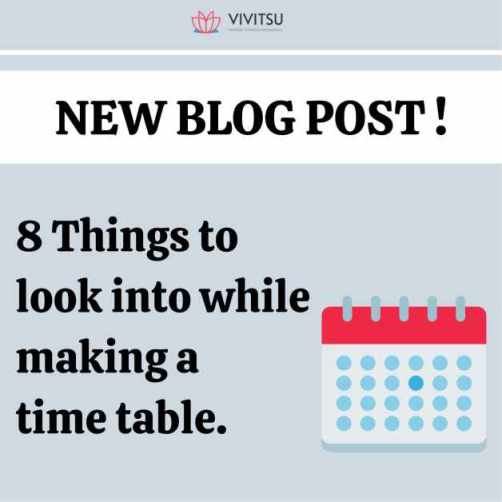


.jpg)


